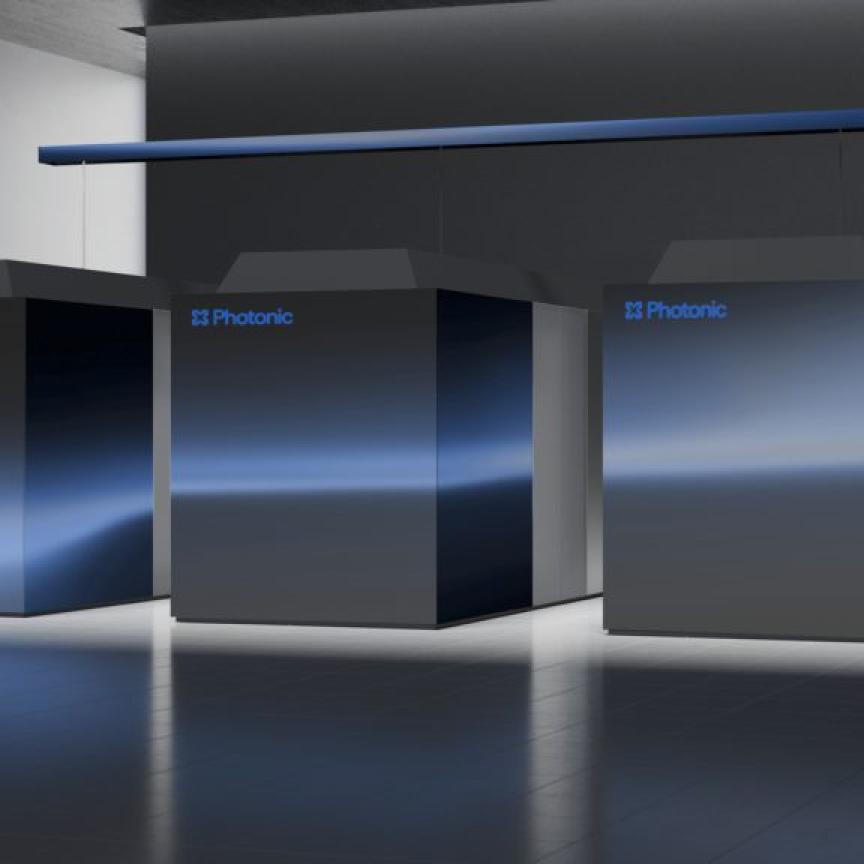As cars start to include more onboard smart and safety functionality, the opportunities for photonics in the automotive sector look set to increase, writes Clémentine Bouyé and Jacques Cochard at market research firm Tematys
Automotive is an innovative industry; car manufacturers place innovation as one of their top priorities for strategy [1], with high-performance electric vehicles, laser headlamps and parking assistance systems all examples of innovative technology now available in modern vehicles.
The trend toward innovation is a huge opportunity for photonics companies. Until recently, photonics was integrated into cars only through lighting, but now advanced driver assistance systems (ADAS) represent the fastest growing segment for photonics in the automotive sector. The EPIC-Tematys study expects the market for photonics in ADAS to grow from around €2.8 billion in 2014 to almost €9 billion in 2020, with a CAGR 2014-2020 of around 22 per cent [2]. The report outlines the opportunities for photonics in the automotive industry, focused on advanced driver assistance systems.
The core business of photonics in automotive is and will remain exterior lighting: front and rear headlamps, daytime running lights, brake lights, etc. Today, the market represents eight per cent growth and, while automotive lighting is still currently the biggest market for photonics, it is not the most favourable segment for photonics companies wanting to enter the automotive market, as the innovation is undertaken by large and well-established companies like Osram, Philips, Koito Manufacturing, Valeo, and Visteon, leaving little space for newcomers.
Active vehicle safety, on the other hand, is a relatively new domain and car manufacturers are seeking breakthrough technologies to protect drivers and passengers – active safety systems or ADAS include functionality like front and rear collision detection, automatic emergency braking systems, adaptive cruise control, lane assist systems, and blind spot detection.

Photonics market revenue in ADAS from 2013 to 2020 in millions of Euros
Photonic systems are able to fulfil this need for high added-value technologies, and ADAS is the entry point for photonics newcomers in the automotive industry. Sensors like cameras, lidar or night vision systems are or will be used for obstacle detection, while head-up displays (HUD) will be embedded in more cars to give advanced information to the driver.
Among all the photonic-based systems used to enable ADAS functions, the ones that will be widely adopted in the coming years are those offering an immediate value to the driver. This is the case for head-up displays, for instance, and car manufacturers report a high customer demand for this technology. HUD is a field where new photonic players can enter. Indeed, original designs are required to reduce size and increase the display area of next generation HUD. Small photonics companies like Lemoptix (Switzerland) or Two Trees Photonics (UK) have developed new designs based on laser scanning micro-projection or holography, and these companies are now collaborating with automotive industry players.
Other technologies that are expected to enter the car are vision and sensing systems to give information about the car’s environment and detect hazardous situations. Cameras have started to be embedded in cars for a few years now and are expected to be adopted even further due to customer demand and regulations. It is a great opportunity for camera manufacturers that wish to diversify into the automotive field. Due to high costs and maintenance issues, the adoption path for lidar will be longer, but carmakers expect 3D mapping lidar to evolve rapidly and to advance research in autonomous driving. Photonic companies like Velodyne (USA) or Ibeo (Germany) are taking advantage of this trend and are developing lidar to map the car’s surroundings, covering 360° in 3D.
Photonics has a bright future in the automotive sector, especially in ADAS where the strong demand for reliable, high added value and cost-effective technologies will open the road for newcomers from the photonics industry. However, even if carmakers or Tier 1 suppliers are sourcing groundbreaking ideas and concepts among innovative photonics companies, the technology production is still generally undertaken by large companies already involved in the automotive industry that are used to the high volumes and constraints of car manufacturing.
References:
[1] 'The most innovative companies 2013', Boston Consulting Group
[2] Tematys, EPIC, 'Photonics Technologies for ADAS in the Automotive Industry – Needs, Challenges, Market Forecasts', March 2015.
--
Clémentine Bouyé is an analyst at Tematys and Jacques Cochard a partner at the firm. Tematys conducts market research on optics, photonics and sensor technology. Additional writing by Carlos Lee, director general of the European Photonics Industry Consortium (EPIC) - EPIC and Tematys have released a report outlining opportunities for photonics in the automotive industry. The report is focused on advanced driver assistance systems (ADAS).
Further information:

